A round-up of the best works of art to enter public collections recently
Art Gallery of South Australia, Adelaide
Clarice Beckett paintings
Clarice Beckett sought the hours of dawn and dusk to paint – in part because she spent her days caring for her ageing parents, but also because, like the other painters of the Australian tonalist movement, it was then that she found ‘the charm of light and shade’ most heightened. Her moody scenes of misty Melbourne streets, or deserted beaches near her family home at Beaumaris, earned some praise during her lifetime, but Beckett was largely forgotten after her death in 1935. This group of 21 paintings has been acquired by the Art Gallery of South Australia from the collection of Rosalind Hollinrake, an art historian who has been instrumental in re-establishing Beckett’s reputation since the late 1960s.
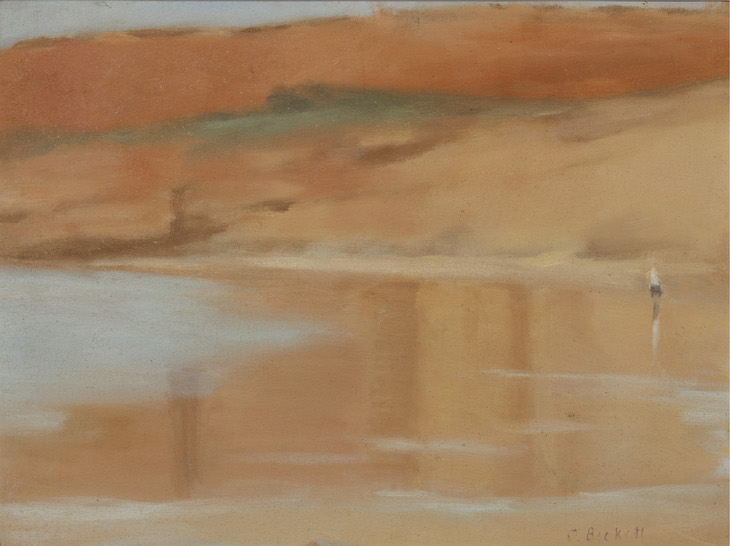
Wet Sand, Anglesea (1929), Clarice Beckett. Art Gallery of South Australia, Adelaide
Chrysler Museum of Art, Norfolk, VA
Ghost (2015), Hew Locke
When he was seven years old, Hew Locke’s family moved from Edinburgh to Guyana – a country whose name translates as ‘the land of many waters’. Since this time, ships and boats have held a particular fascination for the artist. They appear in his work variously as symbols of global interconnectivity and trade, and of the naval dominance of former colonial powers, or as versions of the votive ships historically hung in churches to give thanks for safe passage. Ghost (2015), first displayed at the Imperial War Museum in London, presents a model Second World War battleship suspended in a display case – a floating, spectral form.

Ghost (2015), Hew Locke Photo: Richard Ash/IWM; © Hew Locke
Mauritshuis, The Hague
Portrait of Jakob Omphalius (1500–1567) (1538–39), Bartholomäus Bruyn the Elder
Ahead of their wedding in 1539, the prominent lawyer Jakob Omphalius and his fiancée Elisabeth Bellinghausen commissioned a portrait diptych from Bartholomäus Bruyn, renowned in Cologne for his rendering of lively facial expressions, expressive hand gestures, and crisp fabrics. The diptych was separated at auction in 1896; while the portrait of Elisabeth has been on display at the Mauritshuis since 1951 (on long-term loan from the Rijksmuseum), her husband’s was lost until a ‘portrait of an unknown man’ appeared on the market last year. It has been acquired by the Mauritshuis thanks to funds from the BankGiro Lottery, the Vereniging Rembrandt, and a private donor.

Left: Portrait of Jakob Omphalius (1538–39), Bartholomäus Bruyn the Elder. Mauritshuis, The Hague. Right: Portrait of Elisabeth Bellinghausen (1538–39), Bartholomäus Bruyn the Elder. Rijksmuseum, Amsterdam
Musée d’Orsay, Paris
The Green Christ (1889), Maurice Denis
Though at the forefront of the Parisian avant-garde as part of the Nabis and then the Symbolist movement, Maurice Denis wanted above all to emulate the heightened religious emotion of Renaissance painters such as Fra Angelico. The Green Christ, acquired by the Musée d’Orsay, is one of his most daring expressions of this impulse through the modernist simplification of form. With its reduced pallet of primary colours and a sparse composition dominated by the figure of Christ, this small oil-on-cardboard emanates a mysterious religious force.

The Green Christ (1889), Maurice Denis. Photo: © DR
National Gallery, London
The Drunkard, Zarauz (1910), Joaquín Sorolla
The National Gallery’s exhibition last year dedicated to Joaquín Sorolla, once described as ‘the world’s greatest living painter’, did much to lift the Spanish artist out of relative obscurity in the UK. Now, the museum has acquired its first work by Sorolla. With a sombre palette reflecting its macabre mise en scène, the virtuoso oil sketch of a drunkard was completed quickly in the Basque tavern it depicts, at around the time the artist began to contemplate his Visions of Spain cycle (1912–19) – a series of monumental paintings depicting Spanish customs and costumes.
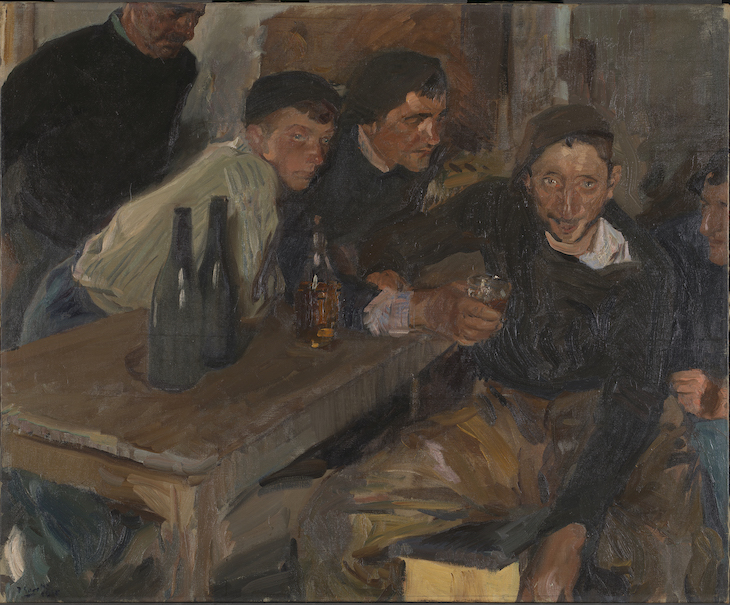
The Drunkard, Zarauz (1910), Joaquín Sorolla. Photo: © National Gallery, London
Pallant House Gallery, Chichester
Five paintings from the series A Patriot for Me (1967), Leonard Rosoman
The British authorities banned A Patriot for Me – John Osborne’s play of 1965, which included the first gay kiss on the London stage – but performances continued anyway, and Leonard Rosoman attended every evening for two weeks to sketch the scenes by candlelight. From 1967–68, he completed a series of 40 paintings and gouaches, including two major canvases depicting the play’s celebrated ‘drag ball’ scene. Combining Rosoman’s interest in the 18th-century theatrical conversation piece with the countercultural spirit of the ’60s, these works represent a key moment in the social history of the UK – by 1968, homosexuality had been partly decriminalised and censorship of the theatre abolished. Five works from the series, including the drag ball paintings, have now been allocated to Pallant House from the estate of the artist’s widow, Roxanne Wruble Rosoman, through the Acceptance in Lieu scheme.
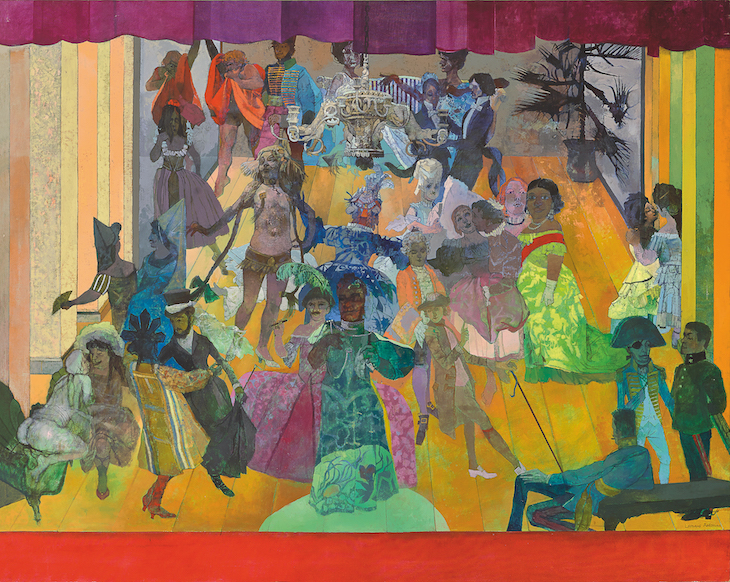
The Drag Ball, No. 2 (1967–68), Leonard Rosoman. Photo: Dawkins Colour/John Bodkin; © The Artist’s Estate
Pompidou Centre, Paris, and Philadelphia Museum of Art
More than 660 drawings by Giuseppe Penone
Like the large-scale sculptures for which he is best known, the drawings of Giuseppe Penone consider humanity’s relationship to the natural world. The Piedmontese pioneer of Arte Povera has now donated more than 660 works on paper, spanning his career of five decades, to two museums close to his heart – the Pompidou in Paris, which staged his major retrospective in 2004, and the Philadelphia Museum of Art. Both institutions are planning to display the works, which include preparatory drawings for installations, documentation of interventions, artist’s books and stand-alone ‘sculptures’ on paper, in 2022.

2330 grammi (1994), Giuseppe Penone. Photo © Archivio Penone
Unlimited access from just $16 every 3 months
Subscribe to get unlimited and exclusive access to the top art stories, interviews and exhibition reviews.


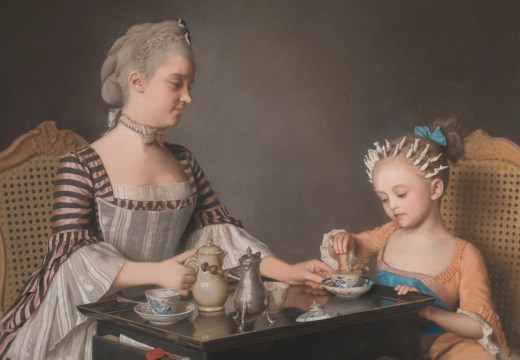
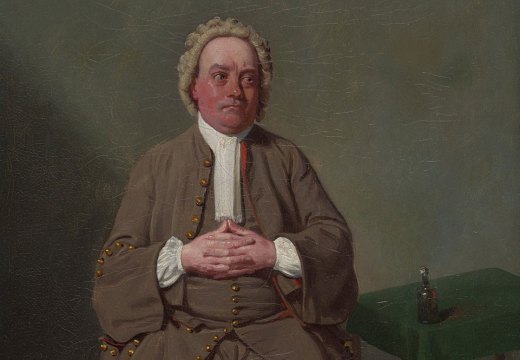
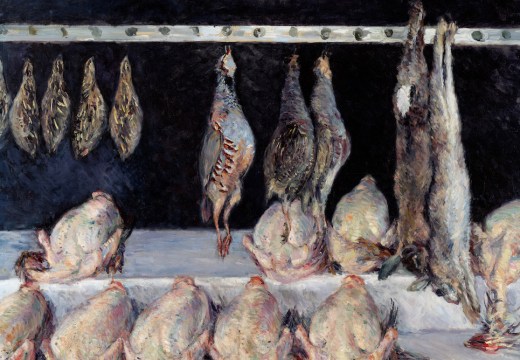









![Masterpiece [Re]discovery 2022. Photo: Ben Fisher Photography, courtesy of Masterpiece London](http://www.apollo-magazine.com/wp-content/uploads/2022/07/MPL2022_4263.jpg)
It’s time for the government of London to return to its rightful home